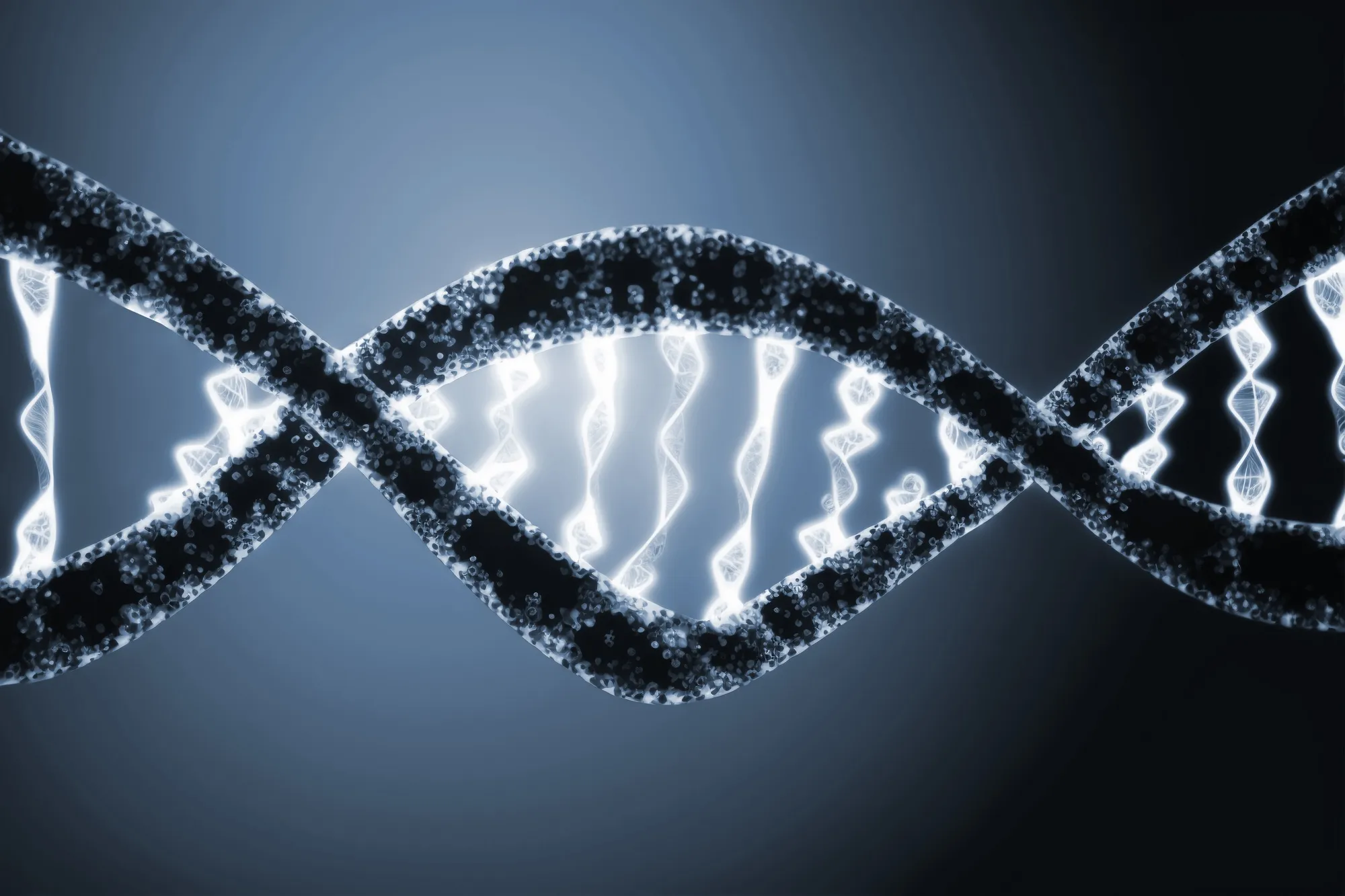Introduction
In a groundbreaking study published in the Cryobiology journal, a research team from the School of Life Sciences at Pondicherry University has provided unprecedented insights into the cryopreservation effects on grey mullet (Mugil cephalus) sperm. The study, led by Balamurugan Ramachandran, with colleagues Karthik Sundaram S and Arul Venkatesan V, thoroughly addresses the effects of different cryomedia on sperm motility, DNA integrity, and gene expression post-thaw. Cryopreservation, a process that involves freezing biological material at low temperatures to halt any biochemical reactions, is widely used in breeding programs and conservation biology but carries the risk of damaging cellular integrity and function. This research has significant implications for the aquaculture industry and the ongoing efforts for the conservation of Mugil cephalus, an economically and ecologically important species.
Keywords
1. Cryopreservation impacts
2. Mugil cephalus sperm
3. Post-thaw motility|
4. Sperm DNA integrity
5. Gene expression in cryopreserved sperm
The research focused on the impacts of two cryomedia, namely V2 extender (V2E) and 0.3 M glucose, each combined with one of three common cryoprotective agents (CPAs): dimethyl sulfoxide (DMSO), ethylene glycol (EG), or glycerol. The study delineated the cryopreservational effects on sperm motility, DNA integrity, and mRNA expression levels of specific genes (HSP70, HSP90, and GPx2) over storage periods of 7 and 60 days in liquid nitrogen.
Highlights of the Study
1. Motility Assessment:
The research demonstrated that grey mullet sperm preserved in 0.3 M glucose combined with ethylene glycol (EG) exhibited higher post-thaw motility rates: 69% after 7 days and 59% after 60 days of storage. This contrasted with the results seen for sperm stored in V2E combined with CPAs, where EG reached post-thaw motility rates of 31% at 7 days and 26% after 60 days.
2. DNA Integrity Retention:
Remarkably, the study showcased that the DNA integrity of all cryopreserved sperm remained at levels comparable to fresh sperm, irrespective of the storage duration. This key finding emphasizes the potential for genetical stability in sperm even after undergoing the demanding cryopreservation process.
3. Gene Expression Variations:
The researchers employed quantitative reverse transcription polymerase chain reaction (qRT-PCR) to unravel the effects on gene expression profiles. Intriguingly, in specimens preserved with 0.3 M glucose and CPAs, there was an upregulation of mRNA levels for HSP90 and GPx2 genes post-thaw. Conversely, the HSP70 gene expression was downregulated under these conditions.
In contrast, for the V2E medium combined with CPAs, gene expression levels of HSP70, HSP90, and GPx2 were undetectable across both time periods, indicating a possible inhibitory effect of the extender on these stress and antioxidant-related genes.
Implications
This study significantly advances our comprehension of the biological responses elicited by cryopreservation and paints a more nuanced picture of its applicability in the field of aquaculture and for the preservation of biodiversity.
Protection of Genetic Diversity
Maintaining the genetic diversity of Mugil cephalus is vital for the future of both commercial fisheries and ecosystem balance. By understanding the mechanisms that preserve sperm vitality and genetic integrity, biologists and fishermen can ensure the propagation of this species with reduced fears of genetic bottlenecking.
Enhanced Breeding Programs
Aquaculture industries stand to benefit immensely from these findings. The superior motility and unaltered DNA integrity observed in the right cryopreservational mediums could lead to enhanced breeding success and greater yields for farmers of Mugil cephalus.
Conservation Efforts
The study’s insights into gene regulation in response to cryopreservation provide important clues about the cellular stress responses of sperm to this process. This information could inform strategies for the cryopreservation and subsequent revival of genetic material from endangered species, aiding in conservation efforts.
Further Research and Innovations
While this research sheds light on specific gene expressions and sperm motility post-thaw, it opens up avenues for further investigation into the long-term viability and fertilization success of cryopreserved grey mullet sperm. It also prompts innovation in the development of more refined cryopreservation techniques and solutions tailored to fish and possibly, other aquatic organisms’ reproductive cells.
Conclusion
The Pondicherry University study, as reported in Cryobiology with the DOI: 10.1016/j.cryobiol.2024.104848, represents a watershed moment in cryobiology research. The authors’ diligent effort in uncovering the impacts of cryopreservation on grey mullet sperm offers invaluable insights that propel not only the scientific community forward but also echo in the realms of aquaculture and species conservation.
The importance of meticulously choosing cryomedia and cryoprotectants cannot be overstated, as evidenced by the stark differences in outcomes seen across the studied combinations. The role of genetic stability and expression in the survival rates of species post-cryopreservation merits continued scholarly attention.
In sustaining the genetic tapestry of our marine life, the careful orchestration of science, ecology, and industry is paramount. This study marks a pivotal step in achieving that balance, ensuring that the progeny of Mugil cephalus and other aquatic creatures may continue to thrive for generations to come.
References
1. Ramachandran B, Sundaram KS, Venkatesan AV. (2024) Effect of cryopreservation on motility, DNA integrity, and gene expression in grey mullet, Mugil cephalus sperm. Cryobiology. 114:104848. doi:10.1016/j.cryobiol.2024.104848.
2. Society for Cryobiology. (2024). Latest research on cryopreservation [Press release].
3. Aquaculture Research Center. (2023). The impact of cryopreservation on aquaculture. Journal of Aquaculture and Fisheries Management.
4. International Gene Bank. (2022). Preserving biodiversity: The role of cryogenics in modern conservation. Biodiversity Conservation Journal.
5. Fisheries and Oceans Conservation Trust. (2023). Genetic integrity in marine species: The cryopreservation conundrum. Marine Biology Research.
